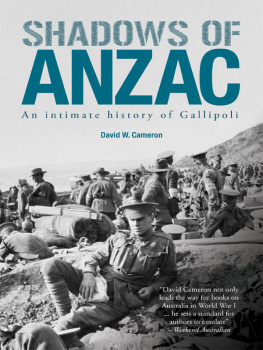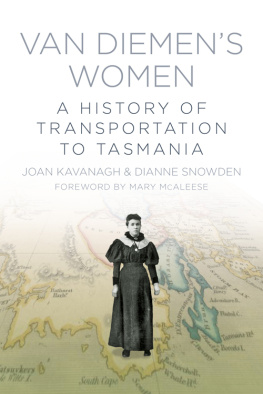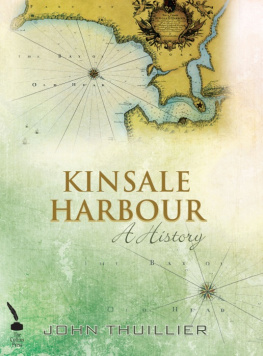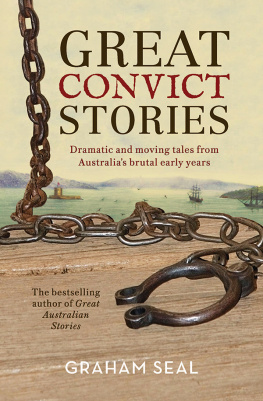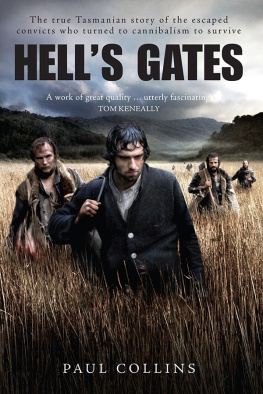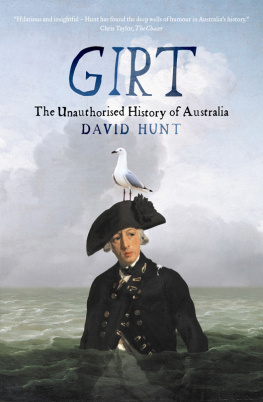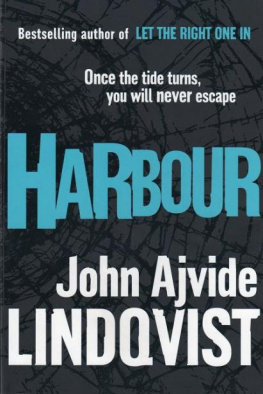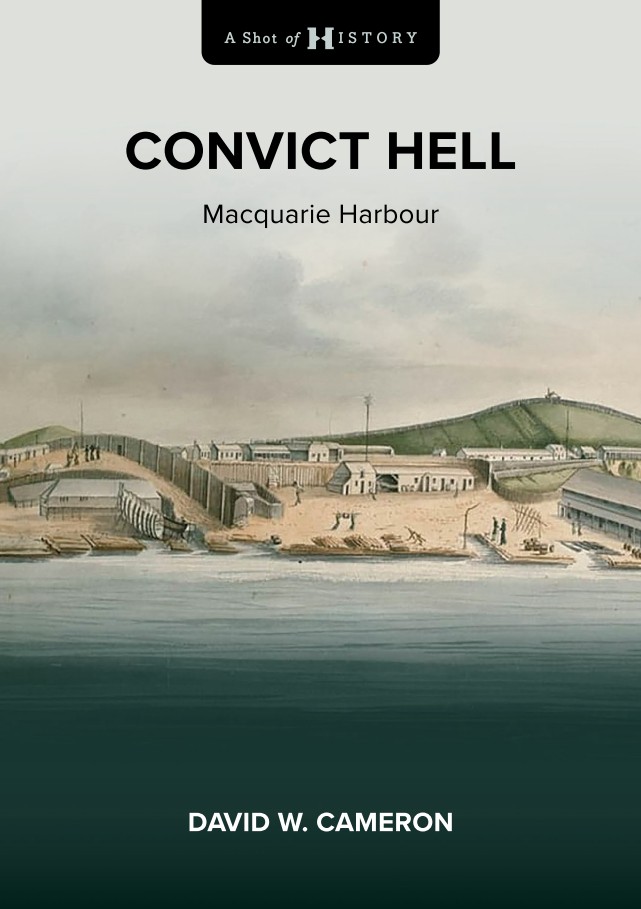David W. Cameron - Convict Hell: Macquarie Harbour 1822-1833
Here you can read online David W. Cameron - Convict Hell: Macquarie Harbour 1822-1833 full text of the book (entire story) in english for free. Download pdf and epub, get meaning, cover and reviews about this ebook. City: Newport, year: 2022, publisher: Big Sky Publishing, genre: History. Description of the work, (preface) as well as reviews are available. Best literature library LitArk.com created for fans of good reading and offers a wide selection of genres:
Romance novel
Science fiction
Adventure
Detective
Science
History
Home and family
Prose
Art
Politics
Computer
Non-fiction
Religion
Business
Children
Humor
Choose a favorite category and find really read worthwhile books. Enjoy immersion in the world of imagination, feel the emotions of the characters or learn something new for yourself, make an fascinating discovery.

- Book:Convict Hell: Macquarie Harbour 1822-1833
- Author:
- Publisher:Big Sky Publishing
- Genre:
- Year:2022
- City:Newport
- Rating:5 / 5
- Favourites:Add to favourites
- Your mark:
Convict Hell: Macquarie Harbour 1822-1833: summary, description and annotation
We offer to read an annotation, description, summary or preface (depends on what the author of the book "Convict Hell: Macquarie Harbour 1822-1833" wrote himself). If you haven't found the necessary information about the book — write in the comments, we will try to find it.
Colonial historian John West succinctly recorded in 1852: The name Macquarie Harbour is associated exclusively with remembrance of inexpressible depravity, degradation, and woe. Sacred to the genius of torture, Nature concurred with the objects of its separation from the rest of the world, to exhibit some notion of a perfect misery. There, man lost the aspect and the heart of man . This region is lashed with tempests: the sky is cloudy, and the rain falls more frequently than elsewhere. In its chill and humid climate, animal life is preserved with difficulty; half the goats died in one season, and sheep perished; vegetation, except in its coarsest and most massive forms is situated and precarious . The passage to this dreary dwelling place was tedious and often dangerous. The prisoners, confined in a narrow space, were tossed for weeks on an agitated sea. As they approached, they beheld a narrow opening chocked with a bar of sand and crossed with peril. This they called Hells Gate not less appropriate to the place than to the character and torment of the inhabitants: beyond they saw impenetrable forests, skirted with an impervious thicket; and beyond still enormous mountains covered with snow, which rose to the clouds like walls of adamant: every object wore the air of rigour, ferocity, and sadness.
This was just the beginning for those sentenced to Macquarie Harbour the barbaric treatment from officials and fellow convicts alike, resulted in Macquarie Harbour representing a true convict hell hole, not only resulting in murder, but in cannibalism by several men in their attempts to escape.
David W. Cameron: author's other books
Who wrote Convict Hell: Macquarie Harbour 1822-1833? Find out the surname, the name of the author of the book and a list of all author's works by series.

